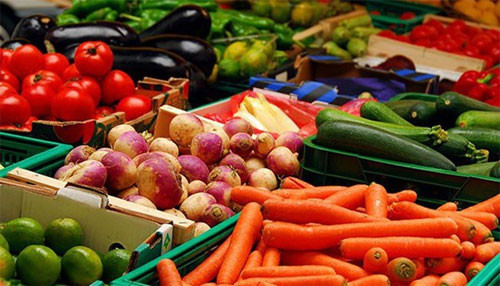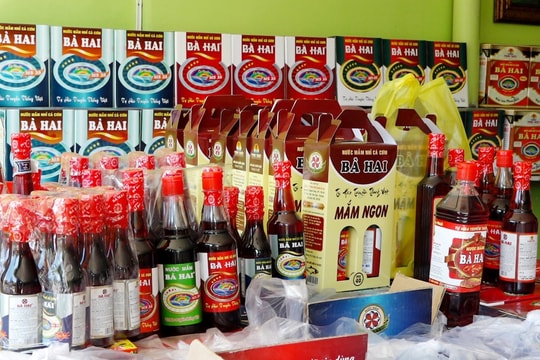 |
General Secretary of the Vietnam Fruit and Vegetable Association Dang Phuc
Nguyen said at a recent forum that the target is achievable as Vietnamese fruit
have won the taste of both domestic customers and those in 60 countries and
territories.
Dozens of Vietnamese fruits have met stringent standards to enter fastidious
markets. Most recently, mango earned permission to enter the US market in
February after ten years of negotiation, following dragon fruit, longan,
rambutan, litchi and star apple.
According to the Ministry of Agriculture and Rural Development’s Plant
Protection Department, quarantine checks are conducted meticulously before
shipping fruits to such choosy markets as the US, Japan and Russia.
Besides, Vietnamese veggie and fruit exporters have ample opportunities to
expand their markets after the Comprehensive and Progressive Agreement for
Trans-Pacific Partnership (CPTPP) took effect early this year and the EU-Vietnam
Free Trade Agreement (EVFTA) is expected to come into force soon.
Sharing the view, Deputy Head of the Asia-Africa Market Department under the
Ministry of Industry and Trade Do Quoc Hung said Vietnamese fruits and
vegetables have received good feedback from customers in Japan and the Republic
of Korea (RoK), which is an advantage that Vietnam should make full use of.
The RoK now imports 8.5 billion USD worth of veggie and fruits each year, while
Vietnamese exports to this East Asian country are only valued at more than 300
million USD. As for Japanese market, which purchases 3.4 billion USD worth of
fresh fruits and 2.5 billion USD of vegetable each year, Vietnamese shipment
only account for over 1 percent.
Hung said that strong import growth in the US and the EU is seen as a good sign
for Vietnamese firms to boost shipments to the markets.
However, small-scale production and processing are posing great challenges for
Vietnamese fruit and vegetable sector.
Deputy Minister of Agriculture and Rural Development Le Quoc Doanh said that
localities that hold strengths in fruit and vegetable cultivation should expand
planting areas with intensive application of high technologies.
Further efforts should be made to improve food safety and hygiene to ensure that
more products receive safe and organic certificates, he said, adding that
complete production chains from growing to distribution must be set up to
increase value of the products and enhance overseas shipments.
In addition, localities should work out suitable policies to attract investment
into the sector, and prioritise brand development and registration of
geographical indication, he added.
Source: VNA




















.jpg)




.jpeg)

.jpeg)


.jpeg)


